Home>Gardening & Outdoor>Pool & Spa Care>Why Does A Hot Tub Get Foamy
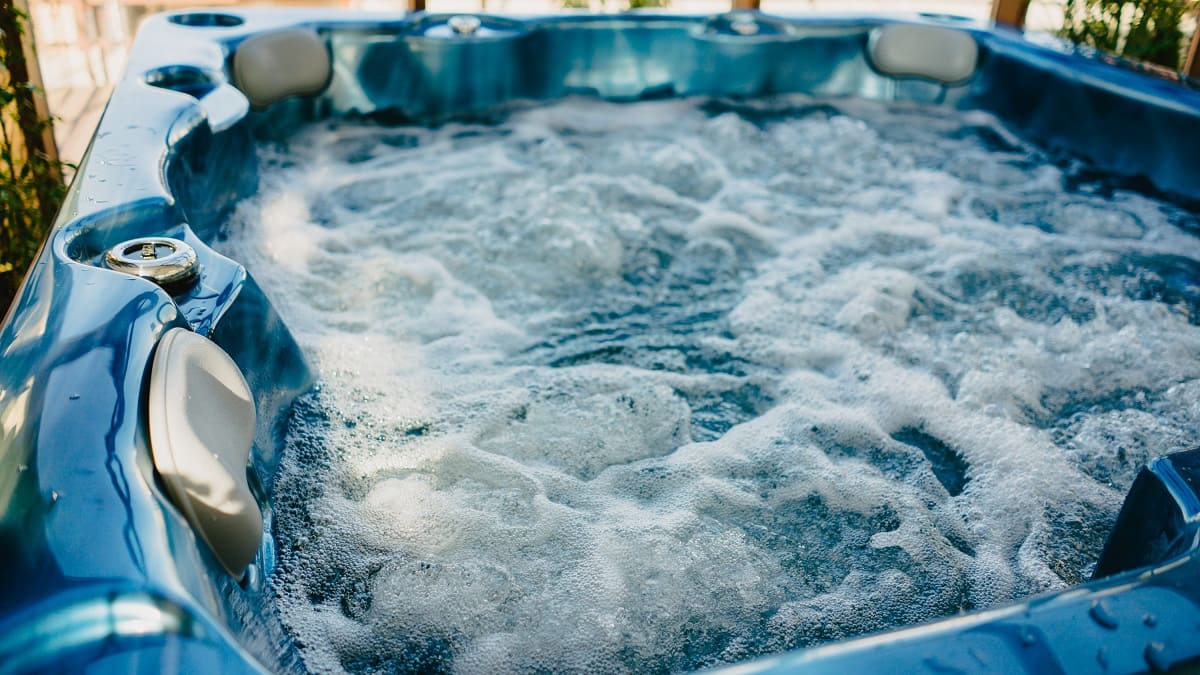

Pool & Spa Care
Why Does A Hot Tub Get Foamy
Modified: February 18, 2024
Learn why hot tubs get foamy and how to prevent it with proper pool and spa care. Get expert tips and solutions to maintain a clean and healthy hot tub.
(Many of the links in this article redirect to a specific reviewed product. Your purchase of these products through affiliate links helps to generate commission for Storables.com, at no extra cost. Learn more)
Introduction
So, you've finally settled into your hot tub, ready to unwind and let the warm, bubbling water melt away the stress of the day. But wait – what's that? Foam? While a bit of foam may seem harmless, it can be a real buzzkill when all you want is a relaxing soak. But fear not, understanding why your hot tub is foaming and how to prevent it can help you maintain a crystal-clear, inviting oasis for your next soak.
In this article, we'll delve into the common culprits behind hot tub foam, from chemical imbalances to residue from personal care products. You'll also learn how improper cleaning and maintenance can contribute to foam buildup. Most importantly, we'll explore effective strategies for preventing and removing foam, ensuring that your hot tub remains a serene haven for relaxation.
So, why does a hot tub get foamy? Let's dive into the details and equip you with the knowledge to keep your hot tub water pristine and foam-free.
Key Takeaways:
- Keep your hot tub foam-free by maintaining proper chemical balance, cleaning filters, and educating users to rinse off lotions and oils before soaking.
- Regular water testing, shock treatments, and optimal water circulation are key to preventing and removing foam in your hot tub, ensuring a serene soaking experience.
Read more: Why Is My Hot Tub Water Cloudy And Foamy
What Causes Foam in Hot Tubs
Before we address how to tackle hot tub foam, it’s crucial to understand the underlying causes. Several factors can contribute to the formation of foam in hot tubs, ranging from chemical imbalances to the presence of residues from personal care products. By unraveling these causes, you’ll be better equipped to prevent and eliminate foam in your hot tub, ensuring a consistently enjoyable and relaxing experience.
- Chemical Imbalance: One of the primary culprits behind hot tub foam is a chemical imbalance in the water. When the levels of essential chemicals, such as pH balancers and sanitizers, are not within the optimal range, it can lead to foaming. For instance, high levels of organic contaminants, combined with inadequate sanitizer levels, can create a breeding ground for foam. Additionally, imbalanced pH levels can exacerbate the issue, contributing to foam formation.
- Residue from Personal Care Products: Another common cause of foam in hot tubs is the presence of residue from personal care products. When users enter the hot tub without thoroughly rinsing off lotions, oils, or cosmetics, these substances can accumulate in the water. Over time, these residues can form a thin layer on the water’s surface, leading to the development of foam. This is especially prevalent in public or shared hot tubs, where multiple users may introduce a variety of personal care products into the water.
- Improper Cleaning and Maintenance: Inadequate cleaning and maintenance practices can also contribute to foam buildup in hot tubs. If the hot tub’s filter is not regularly cleaned or replaced, it can become clogged with debris and contaminants. As a result, the filter’s effectiveness in removing impurities from the water diminishes, potentially leading to foam formation. Similarly, neglecting to shock the hot tub at regular intervals can allow organic matter to accumulate, fostering conditions conducive to foam.
By recognizing these common causes of foam in hot tubs, you can take proactive steps to address each factor and maintain a pristine hot tub environment. In the following sections, we’ll delve into effective strategies for preventing and removing foam, empowering you to enjoy a consistently clear and inviting hot tub experience.
Chemical Imbalance
A significant contributor to foam in hot tubs is a chemical imbalance within the water. This imbalance can stem from various factors, including inadequate sanitizer levels, imbalanced pH, and the accumulation of organic contaminants. Understanding the role of chemical balance in hot tub maintenance is essential for preventing foam and ensuring a hygienic and enjoyable soaking experience.
When the sanitizer levels in a hot tub are insufficient, organic contaminants such as body oils, sweat, and cosmetics can accumulate in the water. These contaminants provide a breeding ground for foam, as the presence of organic matter can disrupt the water’s surface tension, leading to the formation of bubbles and foam. Inadequate sanitizer levels also compromise the hot tub’s ability to neutralize bacteria and other impurities, further exacerbating the potential for foam formation.
Similarly, imbalanced pH levels can contribute to foam in hot tubs. When the pH deviates from the recommended range of 7.2 to 7.8, it can impact the water’s overall chemistry, potentially leading to cloudiness and foam. An imbalanced pH can also diminish the effectiveness of sanitizers, allowing organic contaminants to persist and contribute to foam buildup.
To address chemical imbalances and prevent foam in hot tubs, regular testing and maintenance of water chemistry are paramount. Testing the water’s pH, sanitizer levels, and total alkalinity at least twice a week can help identify and rectify imbalances before they lead to foam formation. Adjusting the pH using appropriate balancers and ensuring adequate sanitizer levels, as recommended by the hot tub manufacturer, can mitigate the risk of foam.
Moreover, incorporating a shock treatment into the hot tub maintenance routine can help combat organic contaminants and prevent foam. Shocking the hot tub with a non-chlorine shock or oxidizing agent on a weekly basis can oxidize and eliminate accumulated organic matter, maintaining water clarity and reducing the likelihood of foam formation.
By addressing chemical imbalances through diligent water testing, pH adjustment, sanitizer maintenance, and regular shock treatments, hot tub owners can effectively mitigate the risk of foam and uphold a clean, inviting soaking environment.
Residue from Personal Care Products
Another prevalent cause of foam in hot tubs is the presence of residue from personal care products. When hot tub users enter the water without adequately rinsing off lotions, oils, cosmetics, and other personal care products, these substances can accumulate and contribute to foam formation. This issue is particularly pronounced in public or shared hot tubs, where multiple individuals may introduce a variety of personal care products into the water, intensifying the likelihood of foam development.
The accumulation of personal care product residues on the water’s surface disrupts the natural surface tension, leading to the formation of bubbles and foam. Additionally, certain ingredients in personal care products, such as emulsifiers and surfactants, can further exacerbate foam formation by reducing the water’s surface tension and promoting bubble stability.
To mitigate the impact of personal care product residues on hot tub foam, proactive measures can be implemented. Encouraging hot tub users to thoroughly rinse off all lotions, oils, and cosmetics before entering the water can significantly reduce the introduction of these substances. Clear signage or verbal reminders can serve as gentle prompts for users to rinse off any personal care products, thereby minimizing the potential for foam formation.
Furthermore, implementing a pre-soak shower requirement can help remove residual personal care products from the skin, reducing the likelihood of these substances entering the hot tub water. By rinsing off before entering the hot tub, users can minimize the introduction of oils, lotions, and other products that contribute to foam formation, preserving water clarity and quality.
Regularly cleaning the hot tub’s filter and ensuring proper water circulation can also aid in removing and dispersing personal care product residues, preventing them from accumulating on the water’s surface and contributing to foam. Diligent filter maintenance is essential for removing impurities and maintaining water clarity, thereby reducing the potential for foam formation.
By addressing the impact of personal care product residues through user education, pre-soak rinsing practices, and thorough hot tub maintenance, hot tub owners can effectively minimize foam formation, ensuring a consistently pristine and inviting soaking experience.
To prevent foaming in a hot tub, use a defoamer product specifically designed for hot tubs. Also, regularly clean the filters and make sure to shower before entering the hot tub to reduce the amount of oils and lotions in the water.
Improper Cleaning and Maintenance
Improper cleaning and maintenance practices can significantly contribute to foam buildup in hot tubs, compromising the water’s clarity and the overall soaking experience. Neglecting essential maintenance tasks, such as filter cleaning and shock treatments, can allow organic matter to accumulate, fostering conditions conducive to foam formation. Understanding the pivotal role of diligent cleaning and maintenance is crucial for preventing foam and preserving a hygienic and inviting hot tub environment.
One of the primary factors contributing to foam due to inadequate maintenance is the neglect of the hot tub’s filtration system. The filter plays a pivotal role in trapping and removing impurities, including organic contaminants and residues, from the water. However, when the filter becomes clogged with debris or reaches its maximum capacity, its effectiveness diminishes, allowing impurities to persist and contribute to foam formation. Regularly cleaning and, if necessary, replacing the filter is essential for maintaining optimal filtration and minimizing the risk of foam.
Additionally, the practice of shock treating the hot tub is integral to preventing foam and maintaining water clarity. Shock treatments, which involve the addition of a non-chlorine shock or an oxidizing agent to the water, help oxidize and eliminate accumulated organic matter, ensuring that the hot tub remains free from foam-inducing contaminants. Neglecting to incorporate shock treatments into the maintenance routine can allow organic matter to accumulate, leading to increased foam formation and diminished water quality.
Proper water circulation is another critical aspect of hot tub maintenance that directly impacts foam formation. Inadequate circulation can result in localized accumulation of impurities and residues, increasing the likelihood of foam in specific areas of the hot tub. Regularly inspecting and optimizing the hot tub’s circulation system, including jets and pumps, can help disperse and prevent the accumulation of substances that contribute to foam, maintaining consistent water quality throughout the hot tub.
By prioritizing diligent filter maintenance, incorporating regular shock treatments, and ensuring optimal water circulation, hot tub owners can effectively mitigate the risk of foam due to improper cleaning and maintenance practices. These proactive measures not only prevent foam formation but also uphold a clean, inviting, and enjoyable soaking environment for all hot tub enthusiasts.
Read more: Why Is My Hot Tub Getting Too Hot
How to Prevent and Remove Foam
Preventing and removing foam in a hot tub requires a multifaceted approach that encompasses diligent maintenance, water chemistry management, and user education. By implementing proactive strategies and addressing potential contributors to foam formation, hot tub owners can maintain a pristine and inviting soaking environment. Here are effective methods for preventing and removing foam in hot tubs:
- Regular Water Testing and Maintenance: Consistent testing of the hot tub water’s pH, sanitizer levels, and total alkalinity is essential for identifying and rectifying chemical imbalances that can lead to foam formation. By maintaining proper water chemistry through the use of pH balancers and sanitizers, hot tub owners can prevent the conditions conducive to foam.
- Shock Treatments: Incorporating regular shock treatments using non-chlorine shock or oxidizing agents helps oxidize and eliminate organic contaminants, reducing the likelihood of foam. Shock treatments are an effective preventive measure and can also aid in removing existing foam from the hot tub water.
- Thorough Filter Maintenance: Regular cleaning and, if needed, replacement of the hot tub’s filter is crucial for optimal filtration and the removal of impurities that contribute to foam. Diligent filter maintenance prevents the accumulation of contaminants, preserving water clarity and reducing foam formation.
- User Education and Pre-Soak Rinsing: Encouraging hot tub users to rinse off all lotions, oils, and cosmetics before entering the water can significantly reduce the introduction of substances that contribute to foam. Implementing a pre-soak shower requirement helps minimize the impact of personal care product residues, thereby preventing foam formation.
- Optimal Water Circulation: Ensuring proper water circulation through regular inspection and maintenance of the hot tub’s jets and pumps aids in dispersing impurities and preventing localized accumulation that can lead to foam. Optimized water circulation maintains consistent water quality throughout the hot tub, reducing the risk of foam formation.
By diligently implementing these preventive measures and promptly addressing any instances of foam, hot tub owners can enjoy a consistently clear, inviting, and foam-free soaking experience. Proactive maintenance and user awareness play pivotal roles in preserving water clarity and quality, ensuring that the hot tub remains a serene oasis for relaxation and enjoyment.
Conclusion
Understanding the causes of foam in hot tubs and implementing effective preventive measures are essential for maintaining a pristine and inviting soaking environment. Whether addressing chemical imbalances, personal care product residues, or improper cleaning and maintenance practices, proactive strategies can significantly reduce the risk of foam formation and uphold water clarity and quality.
By prioritizing regular water testing and maintenance, including shock treatments, and ensuring optimal filtration and water circulation, hot tub owners can mitigate the factors that contribute to foam. User education and the implementation of pre-soak rinsing practices further aid in minimizing the introduction of substances that lead to foam formation, fostering a consistently enjoyable hot tub experience for all users.
Ultimately, the pursuit of a foam-free hot tub environment requires a comprehensive approach that encompasses both preventive measures and responsive action. By remaining attentive to water chemistry, diligent in maintenance practices, and proactive in user education, hot tub owners can create an oasis of relaxation and rejuvenation, free from the distractions of foam and impurities.
So, the next time you step into your hot tub, envision a tranquil and foam-free retreat, where the warm, bubbling water offers the perfect backdrop for relaxation and unwinding. With a commitment to preventive maintenance and user awareness, you can transform your hot tub into a sanctuary of serenity, ensuring that foam remains a distant memory in your soothing oasis.
Frequently Asked Questions about Why Does A Hot Tub Get Foamy
Was this page helpful?
At Storables.com, we guarantee accurate and reliable information. Our content, validated by Expert Board Contributors, is crafted following stringent Editorial Policies. We're committed to providing you with well-researched, expert-backed insights for all your informational needs.
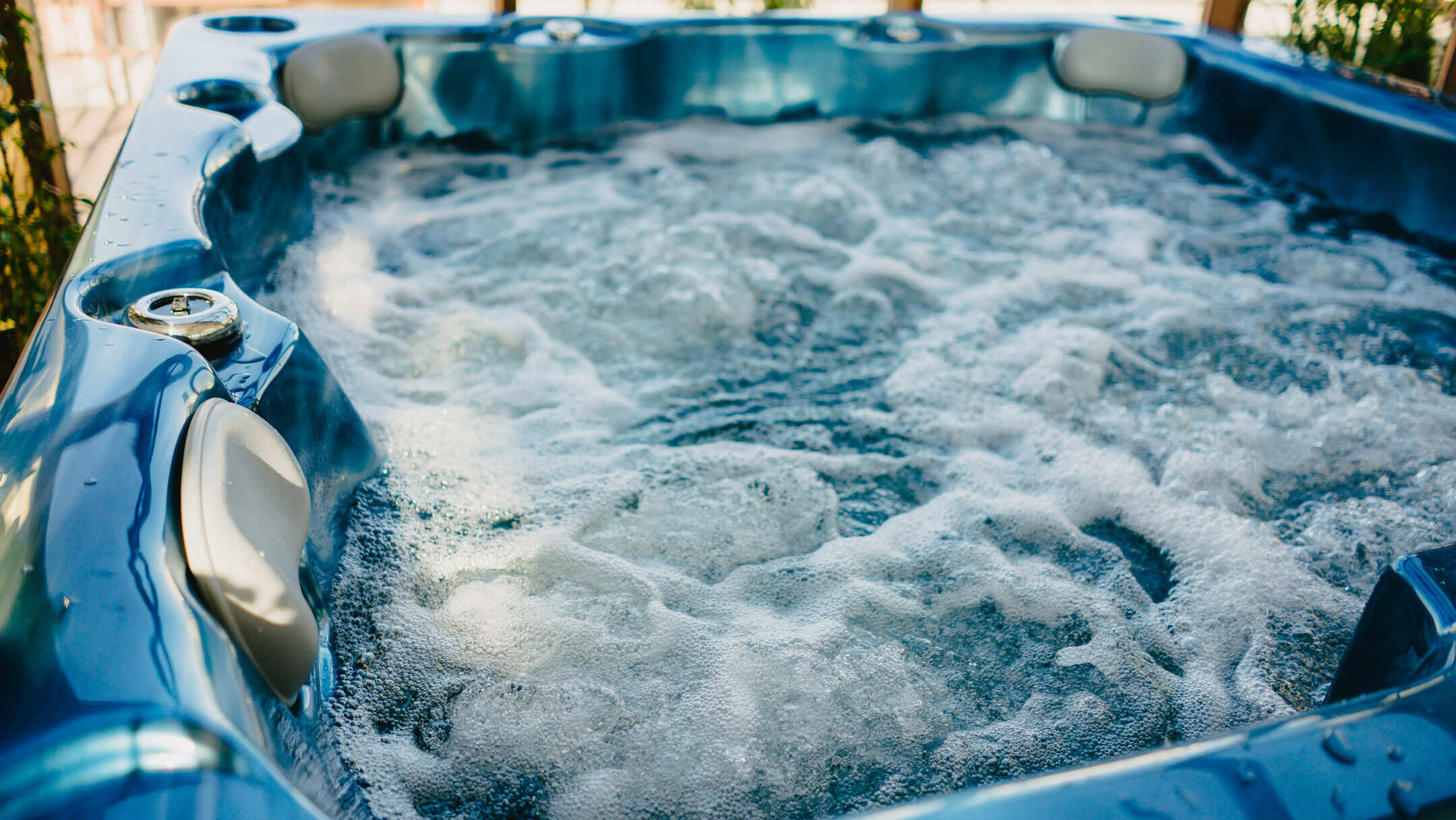
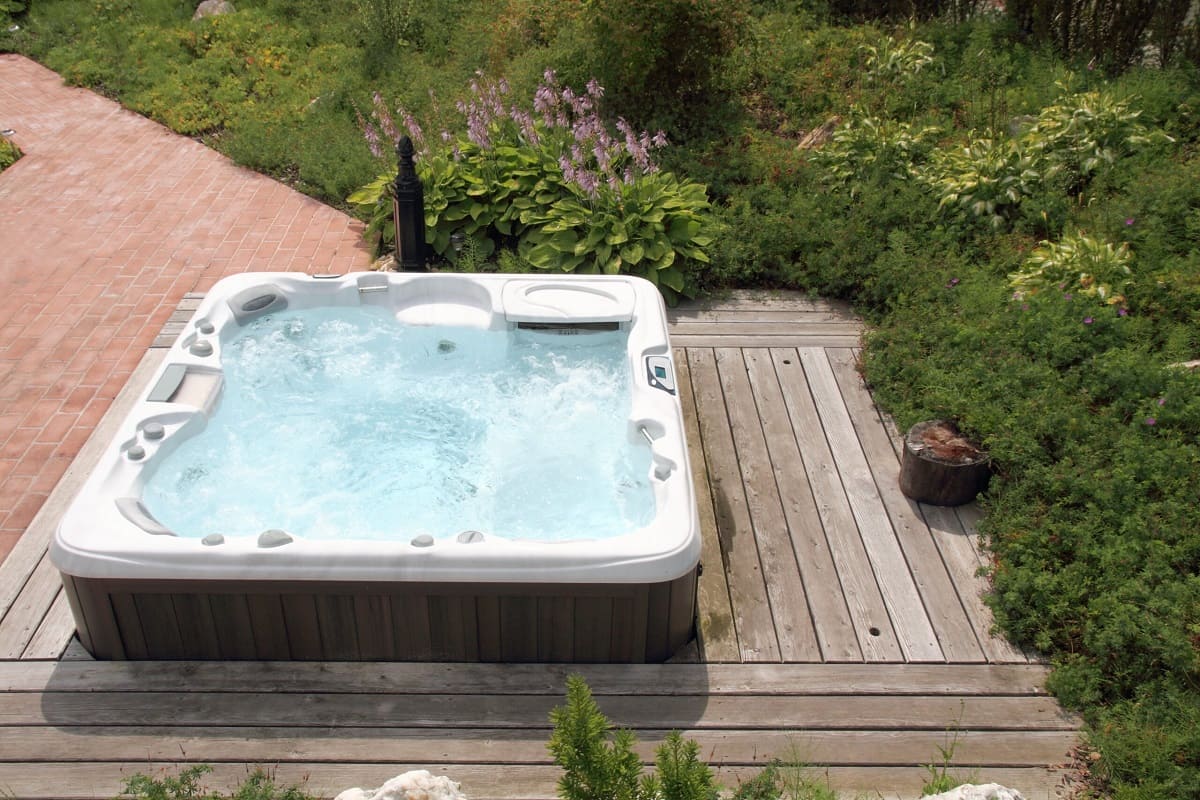

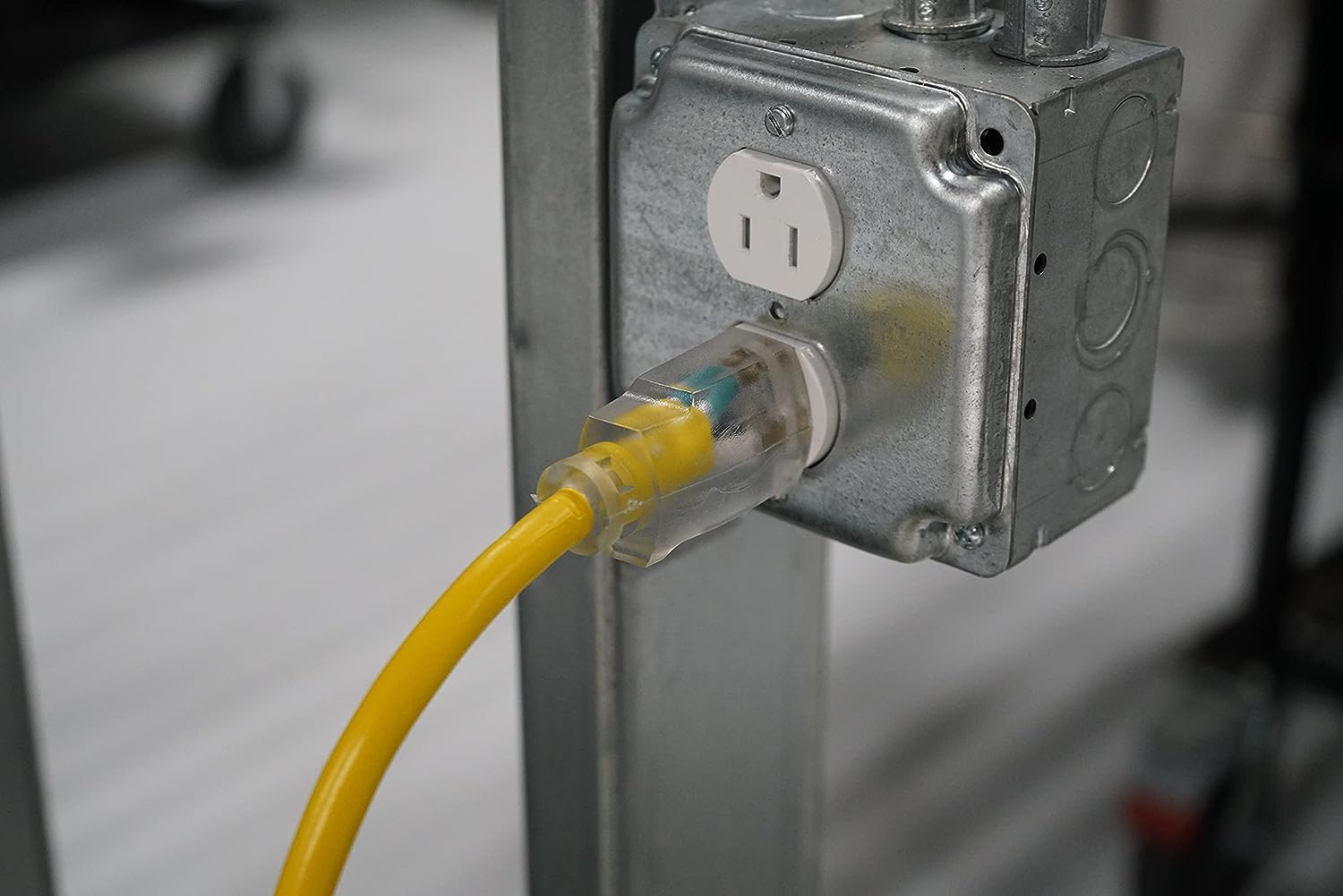
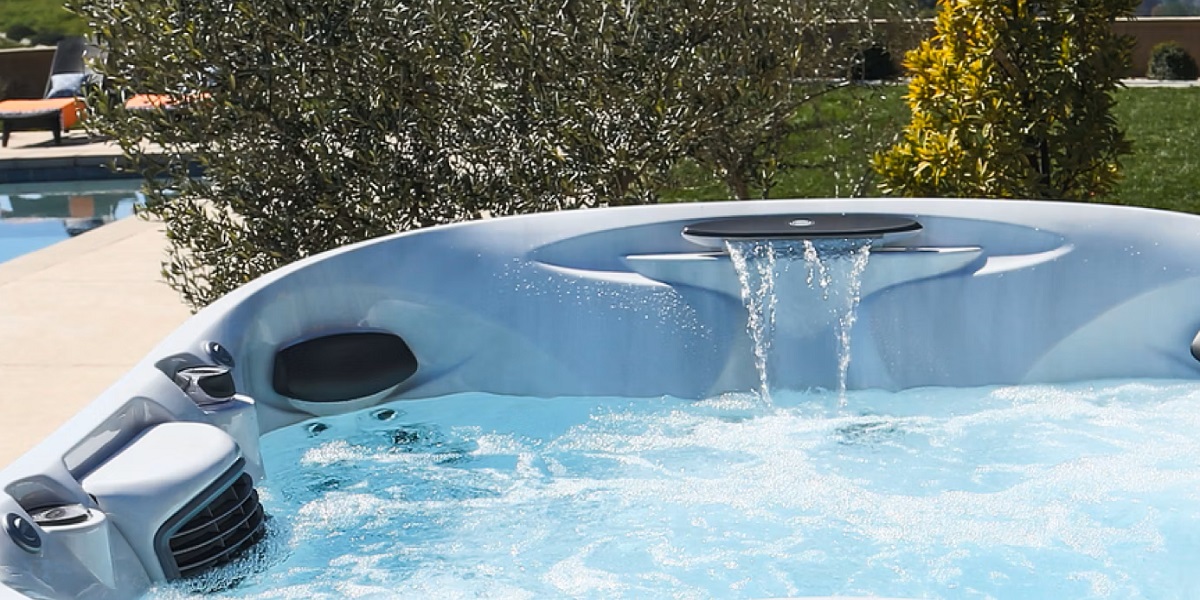

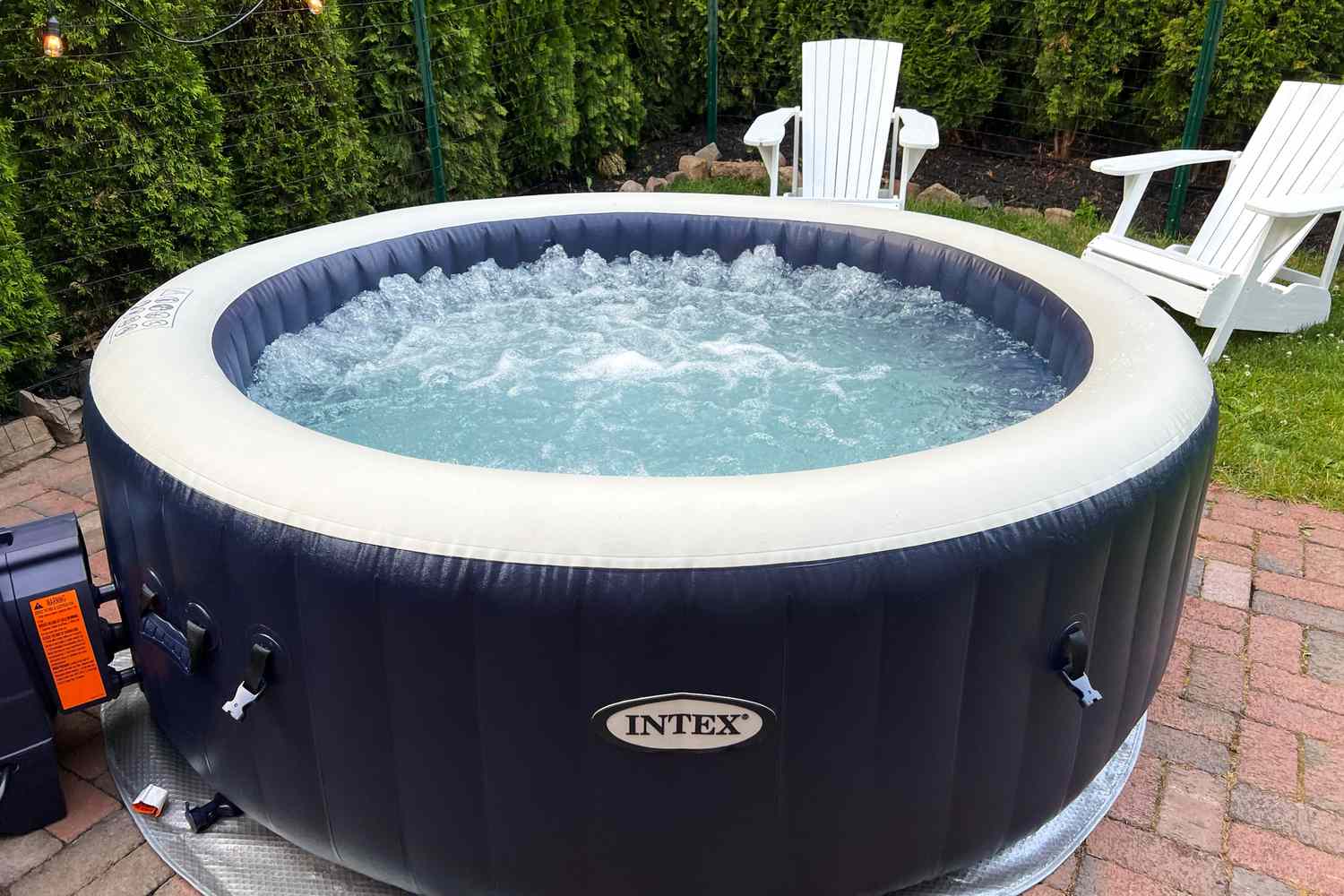

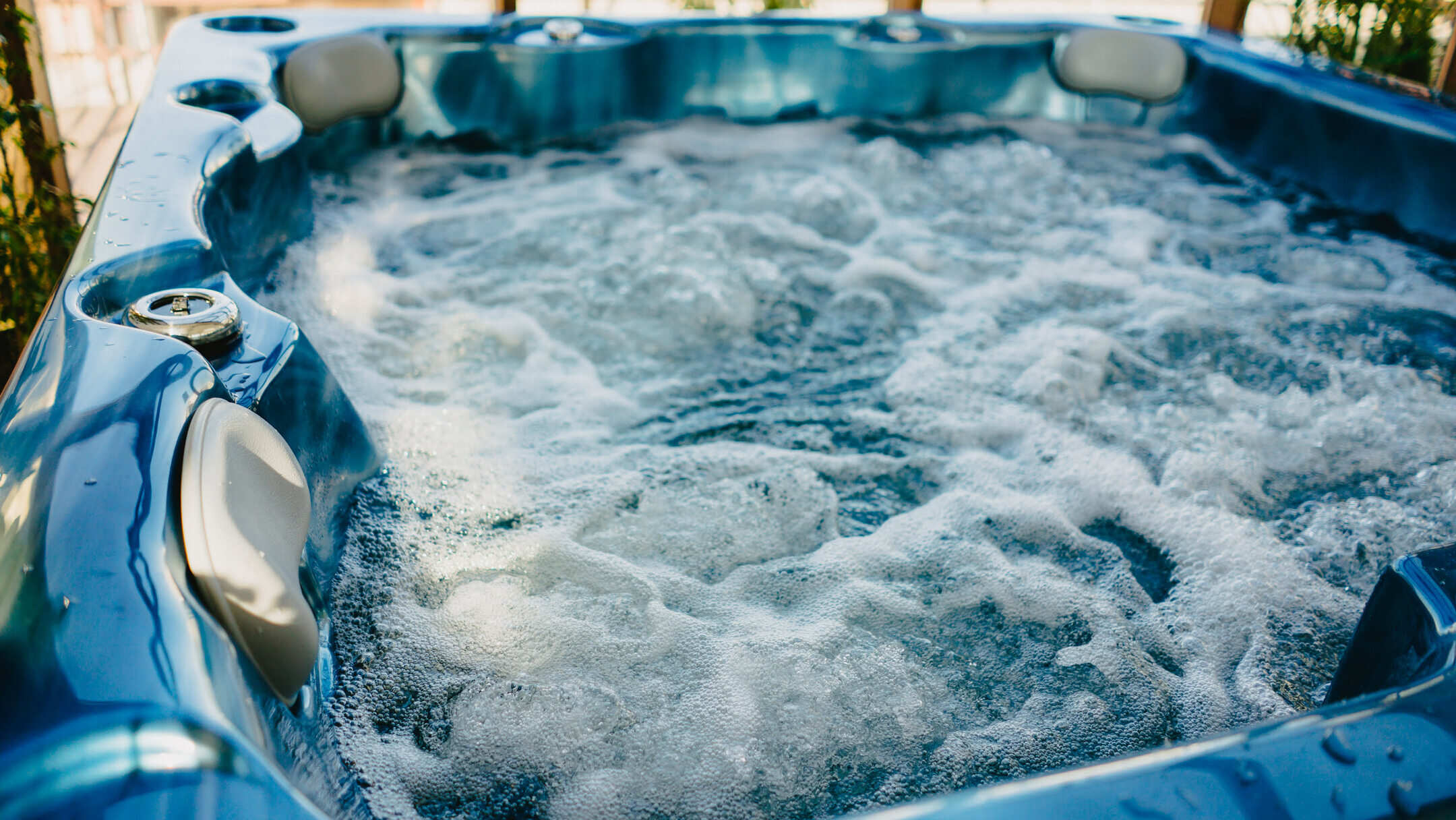

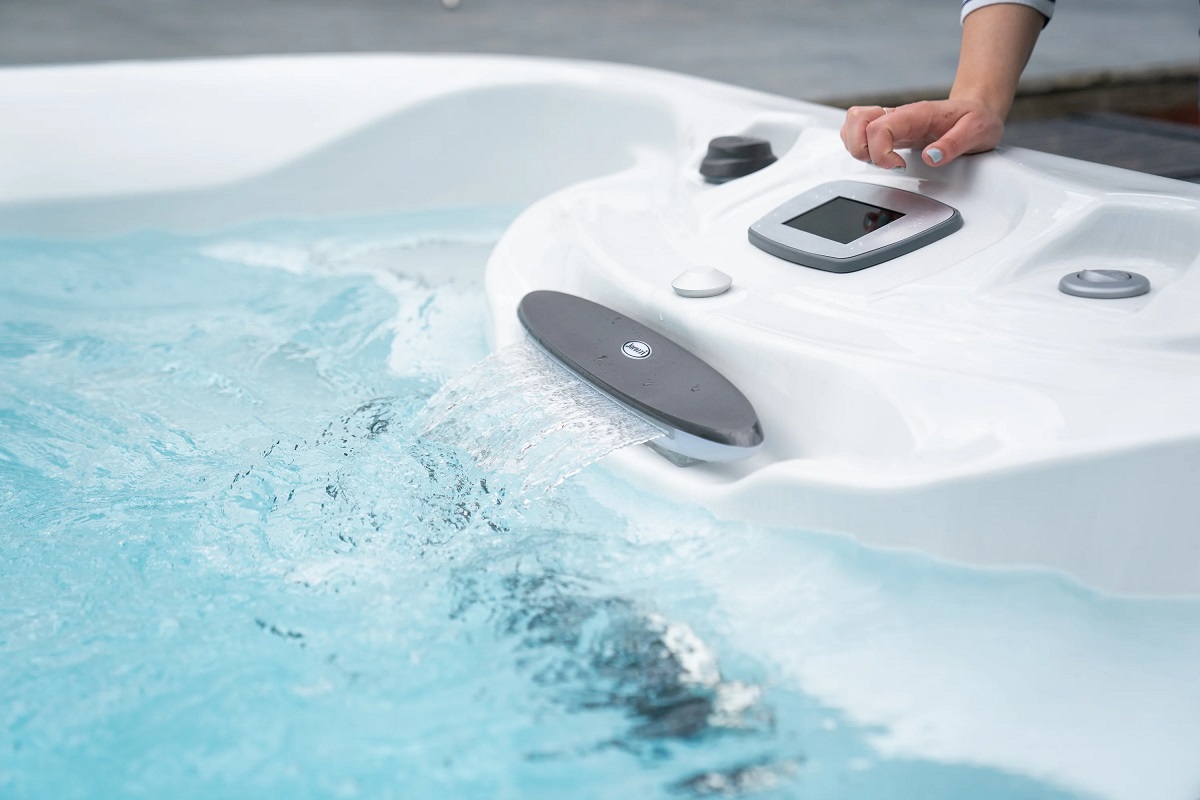
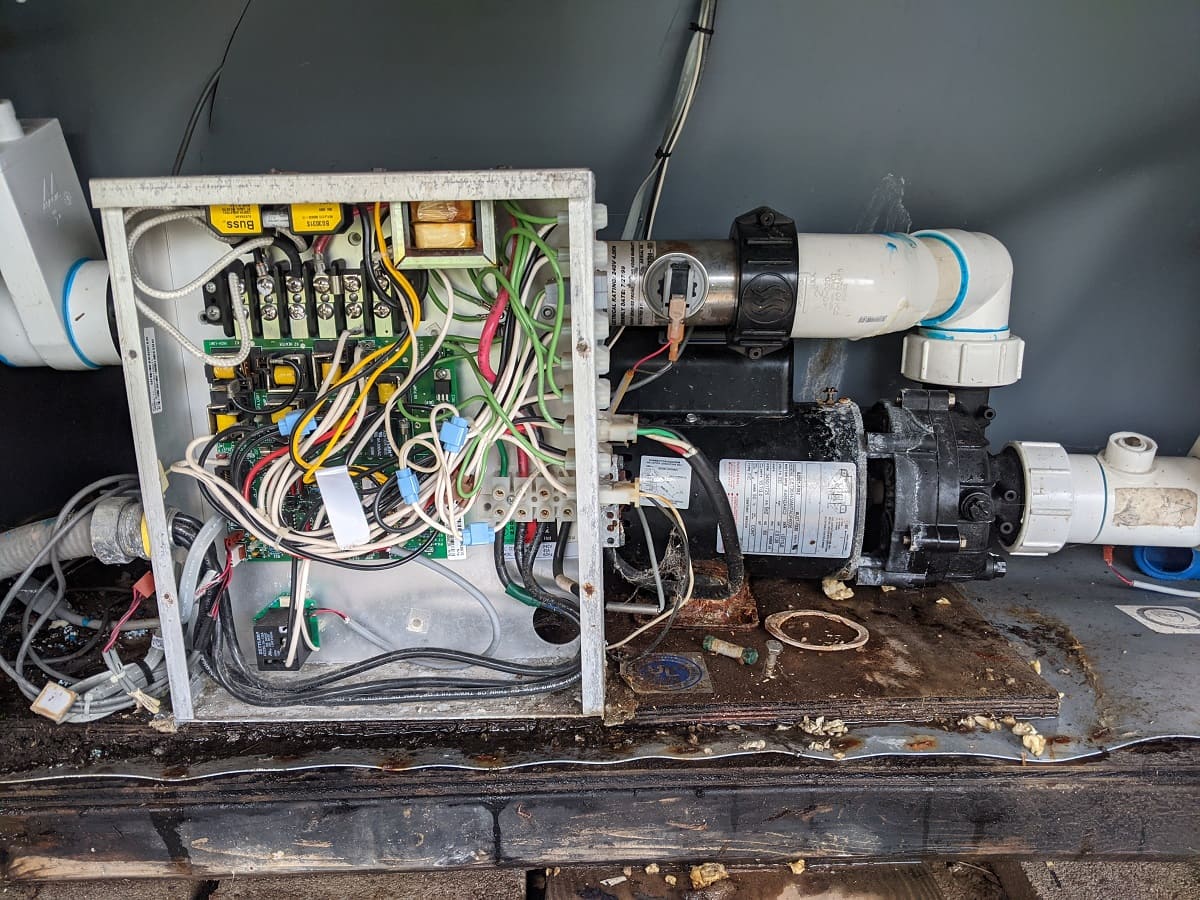
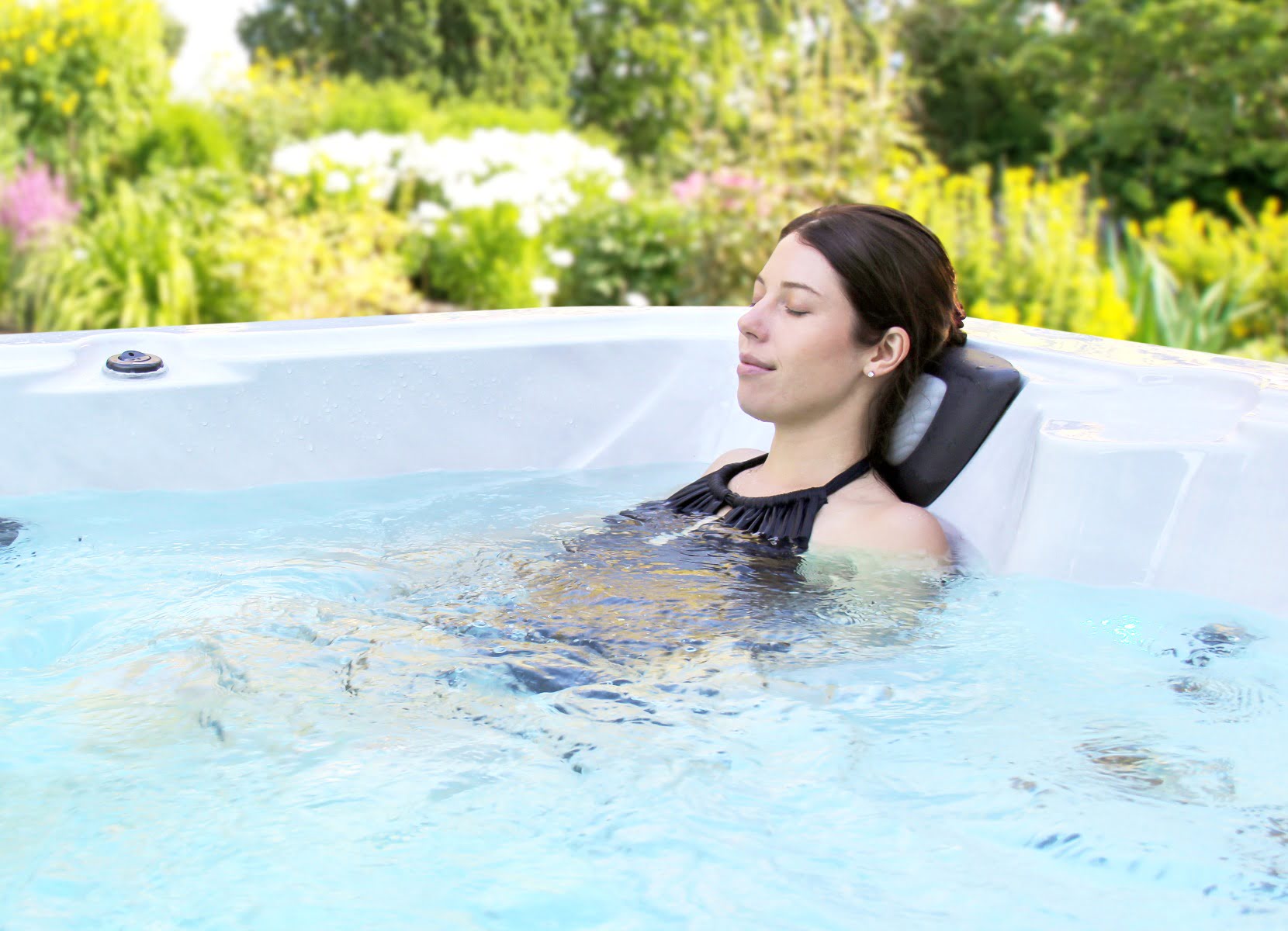


0 thoughts on “Why Does A Hot Tub Get Foamy”